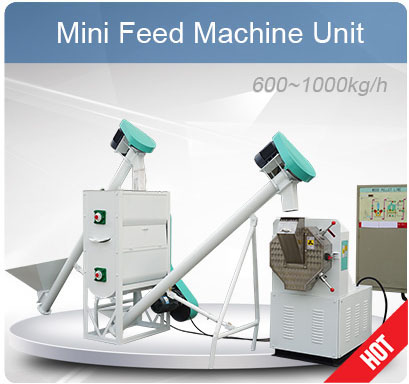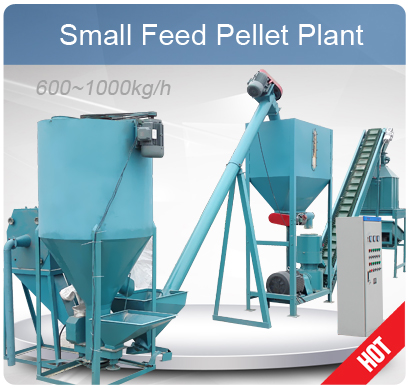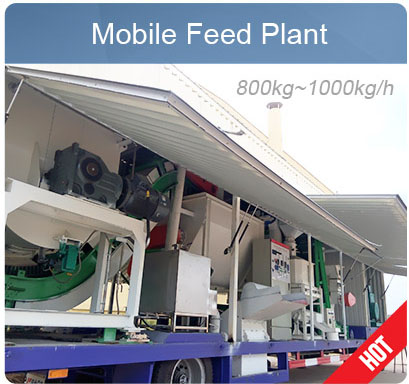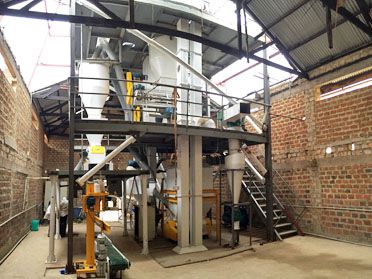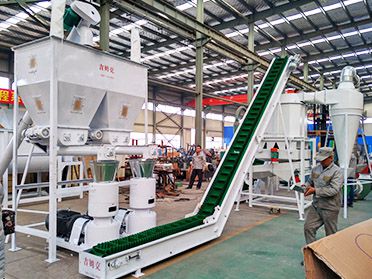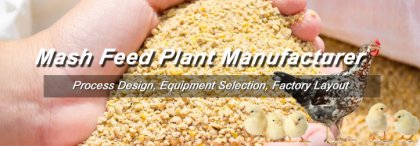In cattle farming, feed costs often account for 60%–70% of total expenses. How to enhance feed utilization, reduce waste, and control costs through scientific feed processing techniques is a critical concern for every farmer and feed factory.
You May be Interested in this Post: How to Improve Cattle Feed Pellets>>
Based on practical experience, this article summarizes 16 cattle feed processing tips, divided into 3 major sections, to help you systematically master cattle feed formula design and processing essentials.
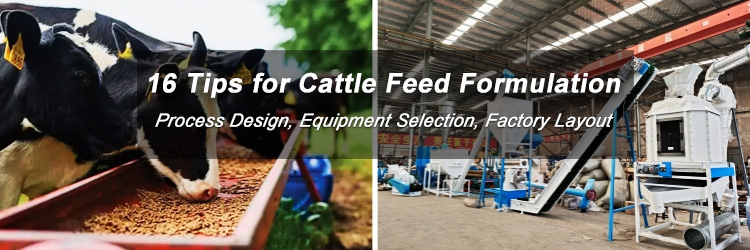
Start Profitable Cattle Feed Manufacturing Business
If you are looking for professional, customized cattle feed formulas or complete feed mill solutions, we are here to help. Our team provides end-to-end support for all your cattle feed production needs.
Cattle Feed Ration Ratio Control: The Foundation of Balanced Nutrition
Proper ration ratios are the cornerstone of cattle health and production performance. An imbalance in roughage, concentrates, protein, and energy can affect cattle feed intake, rumen function, and even milk yield.
- 1. Control Concentrate Intake Below 50% of Total Feed
Proper concentrate intake is essential for cow health and economic efficiency. Concentrates should not exceed 50% of total dry matter (DM). Overfeeding suppresses acetic acid fermentation in the rumen, disrupts protein and mineral metabolism, and increases feed costs. Proper intake control ensures both nutrition and rumen ecological balance, which is key for healthy cattle farming.
- 2. Concentrate Consumption per Kilogram of Milk: 250–350g Target
In lactating cow ration management, concentrate consumption should be maintained at 250–350g per kg of fresh milk. By dynamically adjusting the ratio of concentrates to roughage, you can meet the energy and protein requirements of cows at different stages, improve milk efficiency, and reduce nutrient waste.
- 3. Keep 1/3 Roughage Particle Size 2–5cm for Healthy Digestion
Overly fine roughage reduces chewing, rumination, and saliva secretion, decreasing the acetate-to-propionate ratio and pH in the rumen, which lowers milk fat content. It is recommended that at least one-third of roughage retain a 2–5cm particle length to improve intake and support digestive health.
- 4. Minimize Concentrate Feed Degradation in the Rumen
Avoid excessive degradation of concentrates in the rumen, as this reduces microbial utilization of roughage. By scientifically controlling concentrate ratios, you maintain rumen microbial balance and enhance the digestion of low-quality feeds, achieving cost-effective cattle feed management.
- 5. Maintain Feed Moisture at 40–50% to Prevent Bloat & Toxins
Feed moisture should be controlled at 40%–50%. High-moisture green fodder should be mixed with other feeds to avoid hydrogen cyanide poisoning or rumen bloat, ensuring cattle health.
Scientific Cattle Feed Ingredient Composition: Enhancing Digestibility and Palatability
Different feed ingredients have different nutritional properties and economic values. This part of the Cattle Feed Formulation Tips systematically introduces how to scientifically select, process and formulate various types of core ingredients (including roughage, protein ingredients and energy grains) to optimise the rumen energy and nitrogen balance and improve the overall digestibility of the diet through complementary effects.
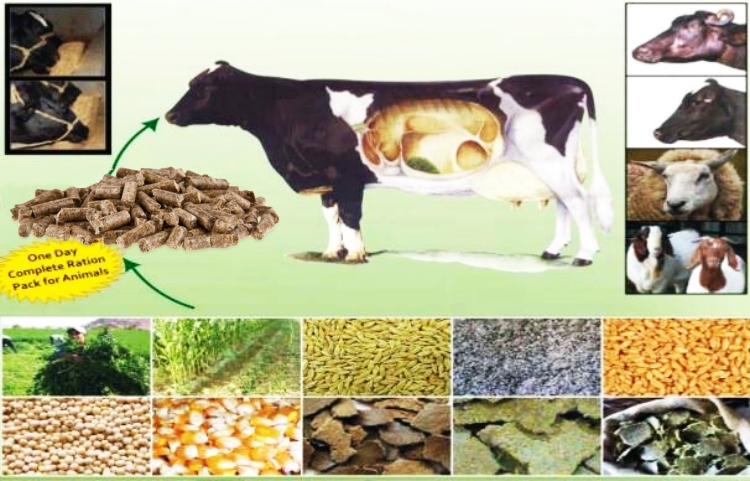
Ingredients for Cattle Feed Pellet Making
- 6. Silage + Legume Hay: The Ideal Daily Ration Combination
Provide daily 20–30kg of high-quality silage combined with legume hay, an ideal combination for maintaining milk yield and cow health. Concentrates should be supplemented carefully to ensure complete nutrition while avoiding digestive disorders.
- 7. Rapeseed Meal + Cottonseed Meal: Diversify Feed Protein Sources
Using both rapeseed meal and cottonseed meal in mixed concentrates increases feed diversity, reduces the risk of relying on a single meal, and improves nutritional balance, ensuring cows receive diverse protein and fatty acid sources.
- 8. Whole Cottonseed (WCS) (<20% of Diet) as a Balanced Feed
Whole cottonseed contains oil, protein, and fiber, helping increase milk yield, milk fat, and body weight while lowering feed processing costs. It is recommended to keep WCS below 20% of the ration to maintain dietary balance.
- 9. Moderate Use of Heat-Treated Soybeans
Moderate heat treatment of soybeans can improve production, but full-fat soybeans should not exceed 30% of concentrates. Young calves may consume raw soybeans, while fine soybean powder may be harmful and should be used cautiously.
- 10. Ammoniated Straw: Efficient NPN Supplementation
Ammoniated straw significantly increases digestibility, provides uniform nitrogen supplementation, improves overall feed nutrition, and boosts production efficiency and economic benefits.
- 11. Use Coarse, Rolled, or Whole Grains Instead of Fine-Powdered Concentrates
Although fine concentrate powder is easily digestible, it is not beneficial for rumen health. It is recommended to use coarse, rolled, or whole grain concentrates, which improve digestion efficiency, prevent rumen acidosis, and reduce feed processing costs.
Protein and Non-Protein Nitrogen (NPN) Management: Enhancing Feed Conversion
Scientific management of non-protein nitrogen (NPN) and protein feeds can improve feed conversion efficiency and reduce costs.
- 12. Microbial Protein Can Help Meet Amino Acid Needs
Microbial protein alone can meet the amino acid requirements of late-lactation adult cows, dry cows, and young stock. Plant protein can be partially replaced by efficient NPN to improve protein utilization.
- 13. Innovative Feed Processing: 2% Formaldehyde-Urea + Heat-Treated Starch
2.0% urea treated for safety and stability combined with heat-treated starch gel urea forms extruded starch-urea feed containing 70% grains, 25% urea, and 5% additives, offering higher safety and utilization than regular urea.
- 14. Smart NPN Feeding Practices
NPN should be gradually increased, avoiding intermittent feeding. Do not dissolve in water or allow immediate drinking after intake to ensure nitrogen balance and stable nutrient absorption.
- 15. NPN Pairing Precautions
Avoid mixing with ammoniated straw, urea-enriched silage, fresh pasture, or cake feed to prevent nutritional imbalance and digestive issues, ensuring cow health.
- 16. NPN with Low-Degradable Protein Combination
Combining NPN with fish meal, protected soybean meal, blood meal, meat meal, or corn gluten meal optimizes rumen degradable protein (RDP) and bypass protein ratios, enhancing protein utilization and reducing feed costs.
Practical Cattle Feed Making Formula Design: From Theory to Application
Scientific cattle feed processing is inseparable from practical formula design. A good formula should not only balance nutrition but also take into account feed resource availability, cost, and cattle production stage. Below are some practical feed formulation guidelines:
Read More: 9 Additives Application in Cattle Feed Making>>
Dairy Cow Feed Formula (High-Yield Stage)
| Component | Ratio (%) | Main Ingredients (with proportion) |
|---|---|---|
| Roughage | 40–45 | Corn silage (30%), Legume hay / Alfalfa (10–15%) |
| Concentrates | 50–55 | Corn (25%), Soybean meal (12%), Rapeseed meal (8%), Cottonseed meal (5%) |
| Additives | 2–3 | Minerals & vitamins (2%), Rumen-protected fat/protein (1–2%) |
Beef Cattle Fattening Formula
| Component | Ratio (%) | Main Ingredients (with proportion) |
|---|---|---|
| Roughage | 30–35 | Straw silage (15%), Corn stalks (10%), Ammoniated straw (10%) |
| Concentrates | 60–65 | Corn (40%), Wheat bran (15%), Distillers’ grains/DDGS (10%) |
| Additives | ~2 | Minerals & growth promoters (2%) |
Calf Starter Feed Formula (3–6 Months)
| Component | Ratio (%) | Main Ingredients (with proportion) |
|---|---|---|
| Roughage | 25–30 | High-quality hay (25%) |
| Concentrates | 65–70 | Corn (40%), Soybean meal (20%), Full-fat soybeans (5%) |
| Additives | 3–5 | Milk replacer (3%), Vitamins & probiotics (2%) |
Economic Cattle Feed Formula Strategy
- Make full use of local agricultural by-products (cassava residue, molasses, rice bran, oilseed cakes).
- Apply least-cost formulation software to minimize feed cost without sacrificing nutritional quality.
- Regularly adjust formulas according to raw material price fluctuations and seasonal cattle nutritional needs.
⚠️ The above formulas are for reference only. Actual feed ratios should be adjusted based on cattle breed, growth stage, and local raw material availability.
Contact ABC Machinery today for tailor-made cattle feed making formulas that fit your business needs.
Efficient Cattle Feed Processing Equipment and Factory Solutions
Once you master scientific cattle feed formula and processing techniques, supporting cattle feed pellet production machines and plant layout are equally crucial. Proper mechanization and automation improve feed processing efficiency and ensure uniform mixing, pellet formation, and extrusion quality, significantly enhancing feed utilization and cattle performance.
Related Project Report: 2TPH Cattle Feed Production Line Setup>>
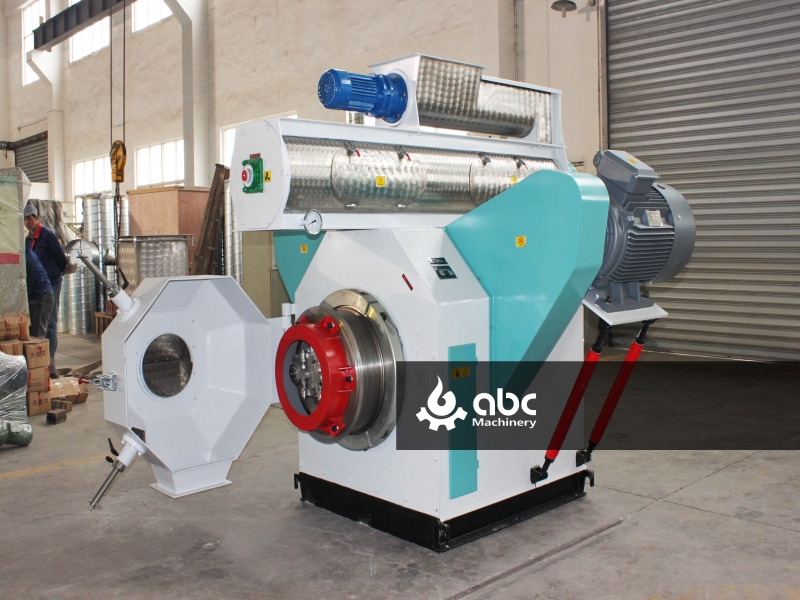
Buy Cattle Feed Pellet Machine at Factory Price
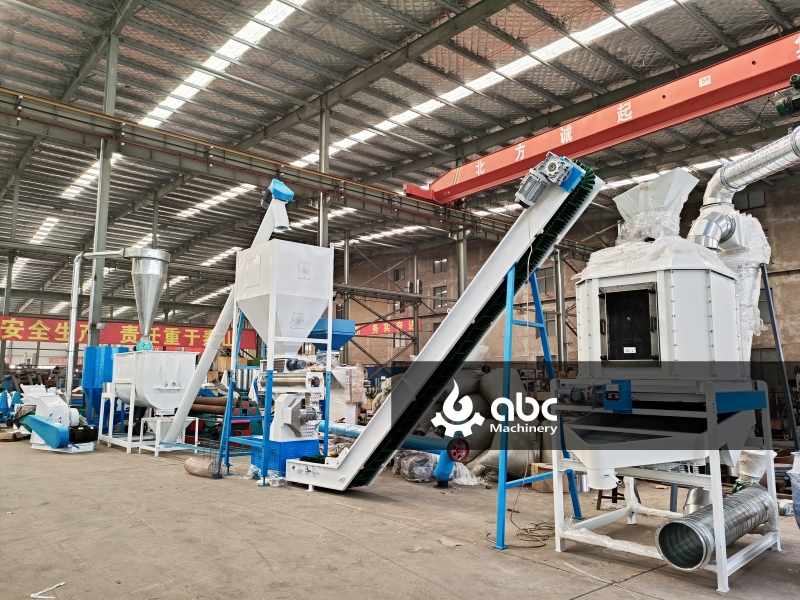
1-2TPH Animal Feed Pellet Production Line Exported to Malaysia
ABC Machinery professional services include:
- Selection of pellet mills, crushers, rollers, and mixers to match different ration structures and production requirements;
- Factory process design and layout optimization to improve efficiency and reduce energy and labor costs;
- Customized feed formula design considering raw material characteristics and equipment, ensuring optimal nutrition for dairy cows.

 Build Your Future!
Build Your Future!


